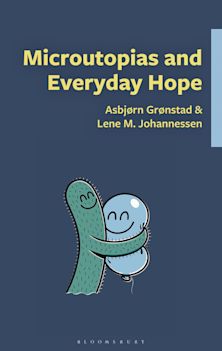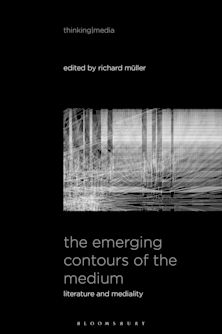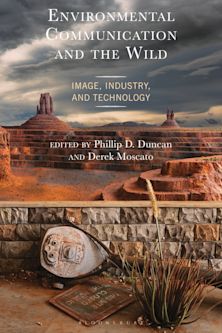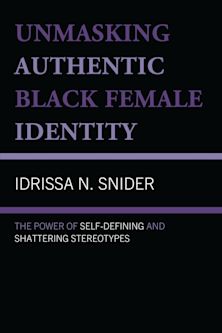A Siberian History of Soviet Film
Manufacturing Visions of the Indigenous Peoples of the North
A Siberian History of Soviet Film
Manufacturing Visions of the Indigenous Peoples of the North
Description
Winner of the British Association of Film, Television and Screen Studies Best First Monograph Award
In A Siberian History of Soviet Film, Caroline Damiens explores how the depictions of the indigenous 'Peoples of the North' in Soviet cinema and television evolved between 1920 and 1980.
Damiens combines a detailed analysis of key works such as Forest People (1928), Igdenbu (1930), Dersu Uzala (1961 & 1975), Tymancha's Friend (1969) and The Most Beautiful Ships (1972), with primary sources like press articles, archives, and interviews, to reveal how these cinematic portrayals were created and negotiated, providing insight into the concepts of progress and authenticity in the Soviet context. She emphasises the role of indigenous individuals in shaping their cinematic image, both in front of and behind the camera, highlighting the works of lesser-known figures like Suntsai Geonka, Zinaida Pikunova, and Iurii Rytkheu. In doing so, Damiens emphasises the multifaceted nature of film, where interpretations differ based on the perspectives of those involved.
Using a decolonial approach and drawing from extensive archival materials, Damiens prompts a re-evaluation of the Soviet cinematic past and present by centring indigenous voices in the narrative. In doing so, she provides a thorough exploration of the intricate relationship between culture, representation, and identity in Soviet cinema.
Table of Contents
Note on Transliteration
Glossary
Introduction - Manufacturing, imag(in)ing, representing, and negotiating the peoples of the North on screen
I Shooting with indigenous people: expeditionary practices and filmic co-construction in the outskirts (1926-1935)
1.Filming the “Other” in the Soviet context: decolonising film practices and ways of seeing
2.Out in the field: filmer-filmed relations on expedition shoots
II Indigenous people in Soviet discourse on modernity: the politics of casting and representation (1935-1979)
3.The Stalinist era: stories of Soviet progress and the invisibility of indigenous people
4.Judging modernity: indigenous people as emblems of burgeoning ecological awareness
III On TV: towards visual sovereignty (1969-1982)
5.A new audio-visual space: TV fiction films and indigenous actors
6.The moving image reappropriated by indigenous screenwriter Iurii Rytkheu
Epilogue: rediscovering indigenous voices in Soviet cinema
Notes
Filmography
Bibliography
Index
Product details

| Published | Sep 05 2024 |
|---|---|
| Format | Ebook (Epub & Mobi) |
| Edition | 1st |
| Extent | 320 |
| ISBN | 9781350269897 |
| Imprint | Bloomsbury Academic |
| Illustrations | 40 bw illus |
| Series | KINO - The Russian and Soviet Cinema |
| Publisher | Bloomsbury Publishing |
Reviews

ONLINE RESOURCES
Bloomsbury Collections
This book is available on Bloomsbury Collections where your library has access.

































